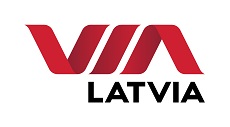Book review, Latvia, Transport
International Internet Magazine. Baltic States news & analytics
Monday, 28.04.2025, 17:50
Latvia as logistics and transit center
 Print version
Print version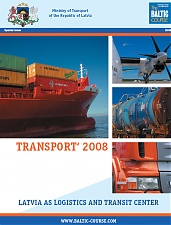 |
|---|
Latvia is one of the few European Union member states having a common borderline with Russia, and we have to take advantage of our geographic location. The Latvian borders which divide the European Union and Russia, by no means represent a wall separating two large economic markets, but serve instead as a bridge facilitating actual implementation of both countries’ economic interests, said in his address to the readers Latvian Prime Minister, Ivars Godmanis.
Latvian Transport and Communication Minister Ainars Slesers said referring to the sector’s development: “Our priorities in the transport sector have been stable and fundamental aimed at: constant growth in transit cargoes’ volumes, active logistic centers’ development, as well as that of sea harbors and land airports. At the same time, railway transport plays an ever-increasing role in the country’s internal transport network.
Thus, Latvijas dzelzceļš company (Latvian Railways) has ambitious plans for 2008, i.e. to increase –quickly and substantially – by about 30 per cent the cargos’ turnover in the country. Main attention in the future will be placed on attracting container cargoes.
We are witnessing presently an active cooperation between the railway and ports’ networks, with the aim of reaching 5 mln TEU in their combined containers’ turnover. At the same time, project Rail Baltica is plying an ever-growing importance aimed at making more active the railway transport routes in the North-South direction. Solid investments are envisaged for the railway’s infrastructure renovation in order to increase both the level of security and goods’ delivery.
One of our main priorities is the Riga International Airport’s development. We have established an aim – to increase the number of air passengers to 10 million of up to 2015, or even triple the rate of passengers’ increase in the distant future. We are fully aware that this aim can be reached; thus during the last years the number of passengers has been constantly growing and already at present reaching more than 4 million passengers. In order to successfully implement the above-mentioned aim we have developed detailed plans to build a modern passengers’ terminal in Riga, as well as the business center and comfortable hotels within the airport vicinity. At the same time, we actively develop the second Latvian international airport facilities in the city of Liepaja.
Booming activity in the residential construction sector and that of the roads’ construction and renovation envisaged during last years has greatly activated the development in transit and transportation fields. It has to be acknowledged the national Ministry of Transportation’s role in the process; suffice it to say that about 70 per cent of the petrol excess duty is channeled to roads’ renovation and we expect a further increase financial support in the roads’ construction, which would allow us to make the roads in full compliance with the EU transport standards. Already at present a good share of investments is channeled towards reducing pressures for transport operators and drivers standing in long queues at the Latvian-Russian crossing point.
Significant financial support is rendered for Latvian infrastructure development from various European funds. This assistance can assist in make the successful VIA Baltica project’s implementation during the coming years as well as assist in the construction and actual implementation of the highway towards Moscow.
Nowadays we invest a lot of resources in order to make our country an attractive international transit center for railway and road transportation, as well as that of the air transport”.
The booklet contents include various data and statistics concerning Latvian transportation sector’s development, as well as information on the country’s state-of-the art in economics and foreign trade. Country’s transport sector leaders and transport companies’ CEOs have described the present trends in national ports, railway and airport development as well as that of road transportation.
The readers will find in the booklet extensive information on free economic zones and industrial parks in Latvia, as well as on transport associations and companies working on the international market.

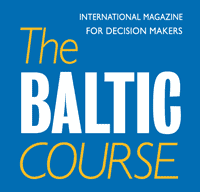


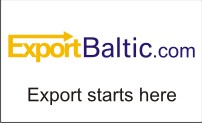

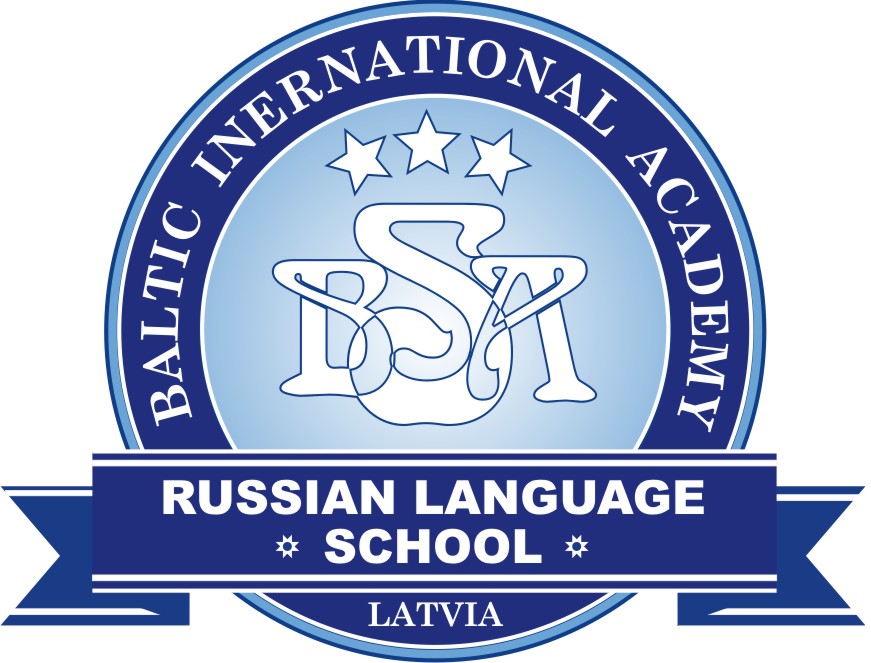

 «The Baltic Course» Is Sold and Stays in Business!
«The Baltic Course» Is Sold and Stays in Business!